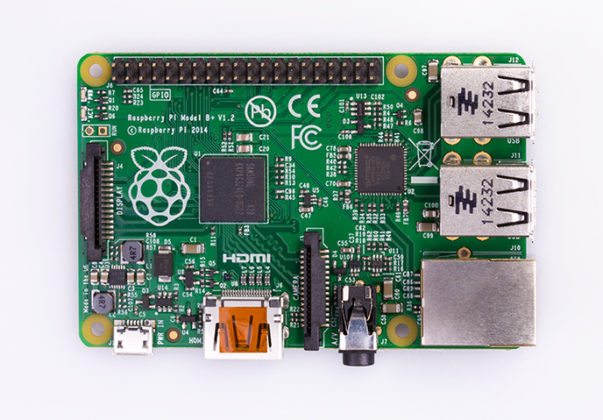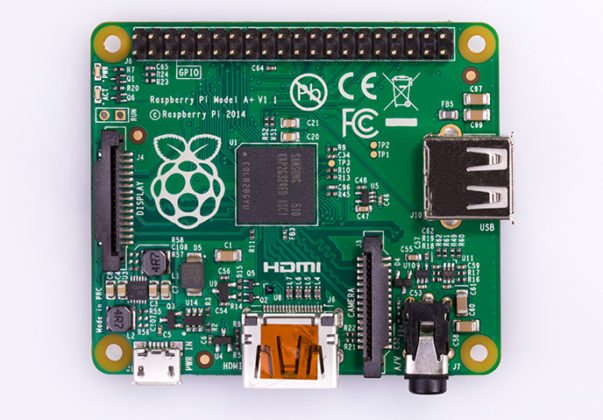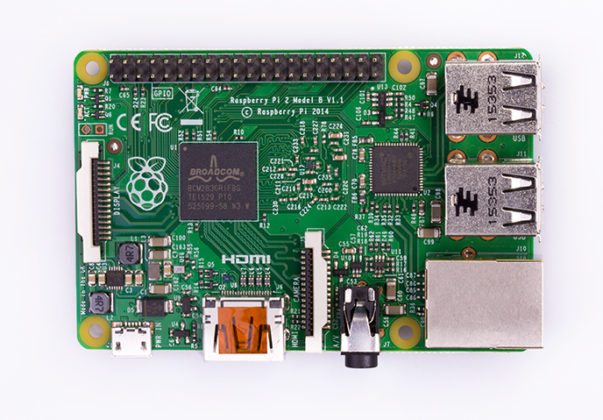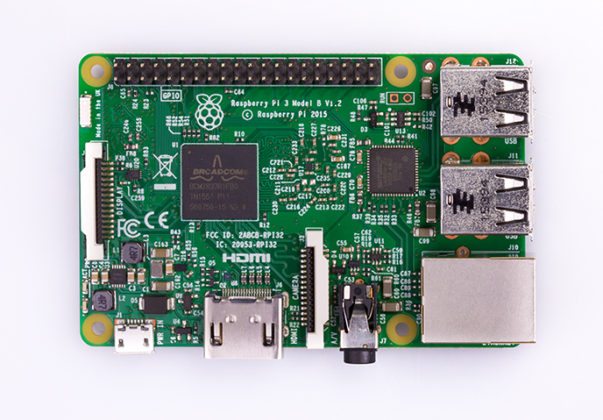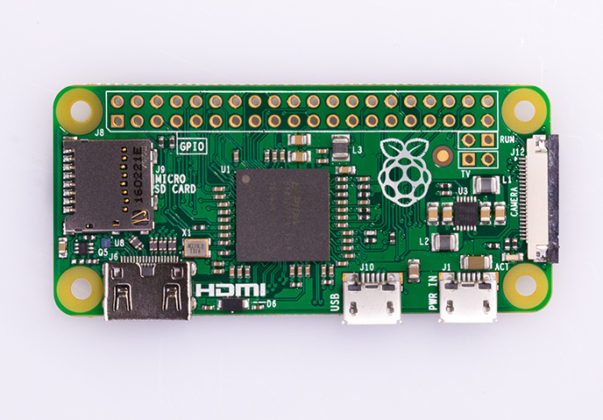Raspberry pi is a series of single board computers developed by the Raspberry Pi foundation for basic computer science in schools for developing countries. Originally intended for teaching computer science in schools in developing countries, it gained popularity due to its usage in robotics. The credit card sized form factor added to the Broadcom BCM2835 SoC in the first generation was only the beginning. Since then it has only gained in popularity among the developer community. Let’s look at the Pi in detail to understand the basics
Raspberry Pi over the years
All models feature a Broadcom SoC consisting if ARM compatible CPU with on-chip GPU, the VideoCore IV. CPU speed ranges from 700 MHz to 1.2 GHz for the Pi 3 and on board memory range from 256 MB to 1 GB RAM. SD cards are used to store the operating systems. Most boards have between one and four USB slots, HDMI composite video output and a 3.5 mm audio jack. Lower level output is provided by several GPIO pins which support common protocols like I²C. The recent B-models have an 8P8C Ethernet port and the Pi 3 and Pi Zero W have Wi-Fi 802.11n and Bluetooth on board.
The first generation of the board had 256 MB RAM, split equally between the CPU and the GPU. The next generation doubled the RAM whereas the third generation doubled it further. Raspberry Pi 3 Model B released in February 2016, consists of on-board Wi-Fi, Bluetooth and USB boot capabilities. These boards are priced between US$5–35. As of 28 February 2017, the Raspberry Pi Zero W was launched, which is identical to Pi Zero, but has the Wi-Fi and Bluetooth functionality of the Raspberry Pi 3 for US$10.
Pi processors
The first-generation boards used the Broadcom BCM2835 SoC consisting of a 700 MHz ARM1176JZF-S processor, VideoCore IV graphics processing unit (GPU), and RAM. Cache is sized at 16 KB for L1 and 128 KB for L2. L2 cache is primarily used by the GPU. The pi 2 uses the BCM2836 SoC with a 32-bit quad-core ARM Cortex-A7 processor clocked at 900 MHz, with 256 KB shared L2 cache. The 3rd iteration of the pi employs the BCM 2837 Soc which further ups the game with a 64-bit quad core ARM Cortex-A53 processor clocked at 1.2 GHz, with 512KB shared L2 cache.
The spec sheet is evident to map the increase in performance over the years. At 700 Mhz, the CPU on the first-generation raspberry pi provides a performance like the 300 MHz Pentium II, which has increased drastically in the third generation. The third iteration of the raspberry pi is estimated at about 10 times the performance of the pi 1st gen. The CPU chips under 1 GHZ on the first and second generation allow for overclocking up to 1GHz. The pi 2 can also be overclocked to 1500 MHz with proper cooling, which goes down the drain in case the chip reaches 85 degree Celsius.
Software
Raspbian has been the most popular among the operating systems due to the boost provided by the Raspberry Pi foundation. It is a Debian based Linux operating system easily available at the foundation website. Some of the popular operating systems are:
- Raspbian
- CentOS
- Fedora
- Ubuntu MATE
- Kali Linux
- Ubuntu Core
- Windows 10 IoT Core
- RISC OS
- Slackware
- Debian
- Arch Linux ARM
- Android Things
- SUSE
- FreeBSD
- NetBSD
A full list of suitable operating systems
|
Here’s an article on getting started with raspberry pi. The below video explains some of the peripherals on board the raspberry pi. Have a look.
If you are comfortable with the basics, here’s a list of Raspberry Pi projects with source code and circuits to get you started.





